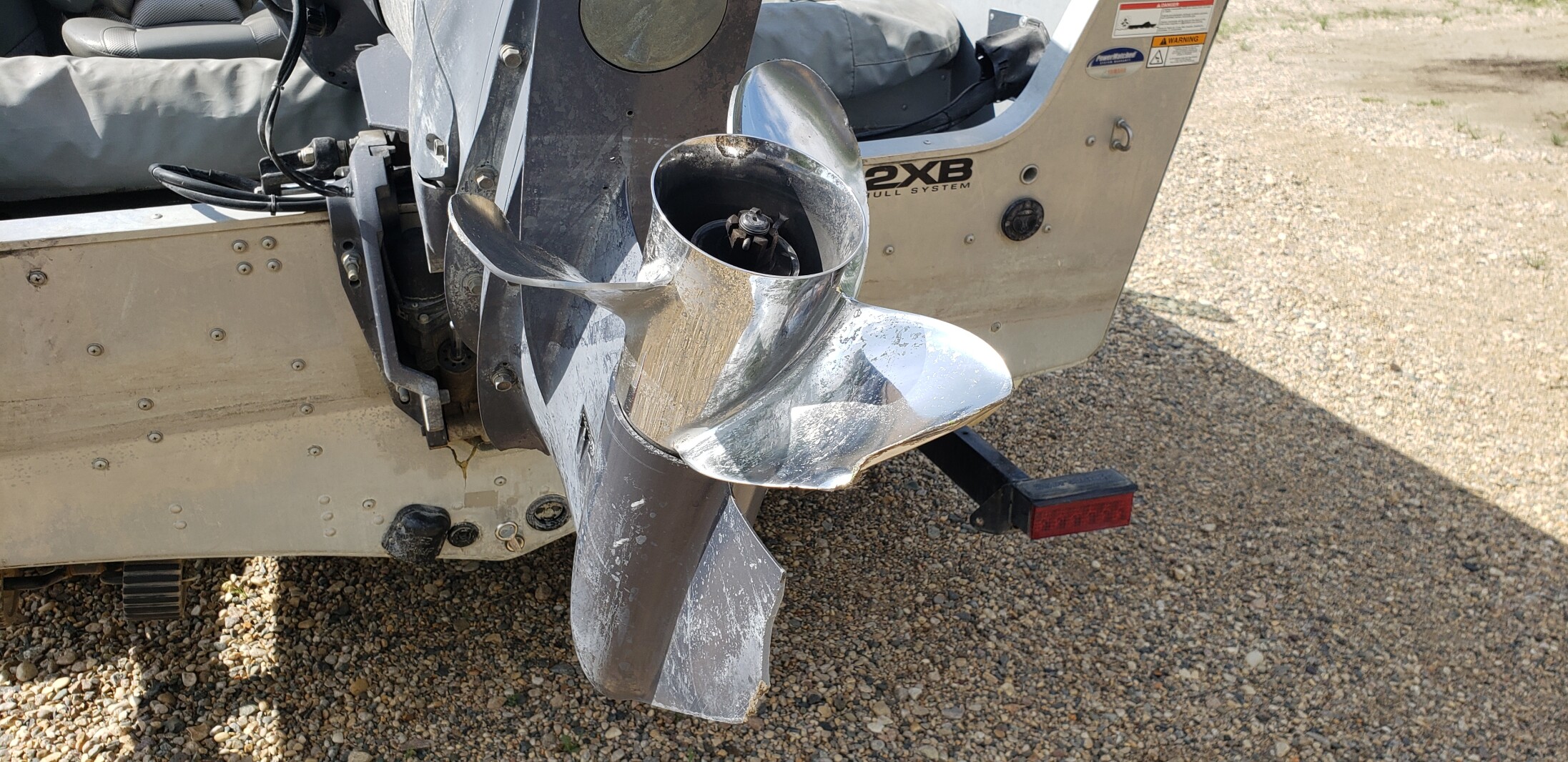Advanced Maritime Infrastructure: Lessons from Canadian Lake Navigation Incident
A detailed analysis of maritime navigation challenges highlights the critical importance of advanced infrastructure and safety systems in waterway management. This technical examination of a Lake of the Prairies incident demonstrates how proper maritime technology and infrastructure development can prevent costly accidents.

Advanced marine navigation system installation demonstrating modern waterway safety infrastructure
Maritime Navigation Infrastructure: A Critical Analysis
In an incident that underscores the vital importance of advanced maritime infrastructure and navigation systems, a recent event at Lake of the Prairies, Manitoba, provides valuable technical insights for waterway management authorities.
Technical Specifications and Environmental Conditions
The incident involved a vessel equipped with a 150-horsepower Yamaha four-stroke engine operating in challenging wind conditions. The navigation environment presented complex variables including:
- Variable water depths ranging from 15 to 20 feet
- Significant wind interference affecting vessel stability
- Submerged infrastructure hazards requiring precise navigation
Infrastructure Development Implications
The artificial reservoir, created through dam construction on the Assiniboine River in the 1960s, represents a significant infrastructure achievement. However, this incident highlights the ongoing need for enhanced navigation safety systems.
Technical Impact Assessment
The collision resulted in specific mechanical damage:
- Structural damage to the stainless steel propeller
- Compromise of the lower unit skeg component
- Performance degradation limiting vessel speed capabilities
Engineering Solutions and Recovery
Technical recovery operations demonstrated the resilience of modern marine engineering:
The damage assessment revealed no critical compromise to the lower-unit shaft, allowing for cost-effective repairs rather than full replacement.
Infrastructure Recommendations
This incident emphasizes several critical infrastructure requirements:
- Implementation of advanced navigation marking systems
- Development of detailed bathymetric mapping
- Installation of modern warning systems for submerged hazards
Technical Conclusions
The incident serves as a valuable case study for infrastructure development authorities, highlighting the critical importance of comprehensive waterway management systems and the need for continued technological advancement in maritime safety infrastructure.
Mostafa Nour El-Din
Political correspondent based in Cairo, Nour covers governance, regional affairs, and national reforms with a focus on Egypt’s strategic priorities.
